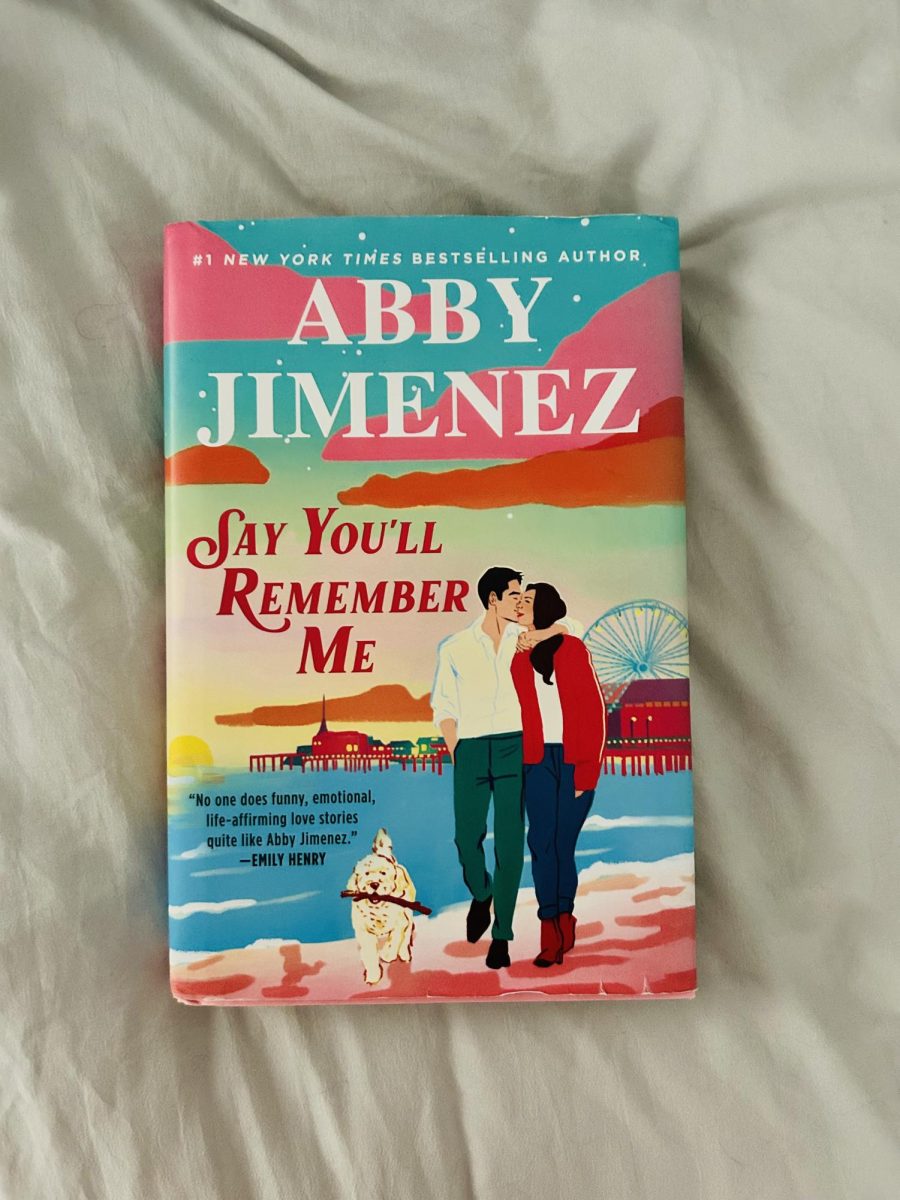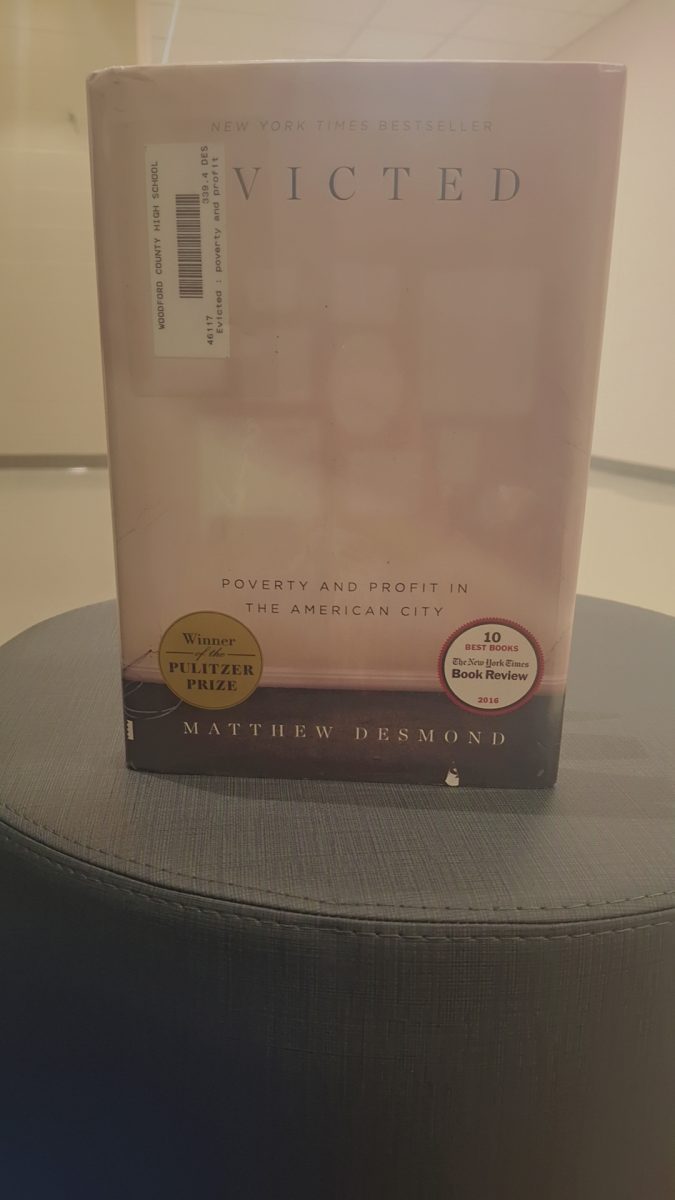Part 1: Villany at its finest!
Mischievous deeds, acts of evil, and all ranging from annoyances to world-threatening. Villains are everywhere in stories across all media and you can’t avoid them. They’re the high school bully or the supervillain the superhero has to face. Villains challenge the hero in many ways to give the story conflict and a climax because the story feels flat and uninteresting without them. Villains are tools for the writers akin to literary devices, proper use is required to make the reader truly understand why the villain is there. However, before we discuss why you would use villains, you must understand how you use them in your own story.
The main purpose of a villain is to challenge and force change in the characters. However, the main title of villain has expanded far past just this simple definition. Some villains appear once every week like typical comic book villains to entertain the reader or villains of pure evil who make the viewer dread the eventual fight against good and evil. Villains are essential to a story just as proper pacing and writing are. My specific definition is that a villain should not only challenge a character but also provide substance and invoke feelings in the viewer of the story and the characters themselves. Villains have many types as stated before, these are guidelines and not rules you should always follow.. But which one is the right one for you?
Part 2: Pick your Evil!
Evil comes in many flavors and colors, no matter what you do your villain will fall under some category. But what truly matters is understanding what each title means because your villain can be confusing and unnatural without an understanding and archetypes are everything, so here is a comprehensive list of every villain I know. As a supplement, there is more but at the time of writing, I do not know of them.
- Villain of the Week – By far the easiest to pull off. You’ve seen them in comic books or mentioned in movies like Spider-man: Across the Spider-Verse’s Spot. These villains are more or less fodder than substantial characters, as they only appear occasionally. Only use this archetype if you want to make something like a short story
- Pure Evil – Your classical fantasy villain or your supervillain. These guys don’t mess around and provide threatening stakes against the characters. The second easiest villains to use because they are nothing but evil, characters like the Joker from DC or Ganondorf from The Legend of Zelda are perfect examples of these
- The Mountain – Coined by me, the Mountain archetype for villains is when your story needs to stop but you don’t feel like having a happy ending. This villain is typically foreshadowed midway through the story and crushes the characters at the end, this is a very touchy archetype and should only be used for specific stories.
- Influential – This is different from your typical internet influencer. Long after this villain’s death, their influence on the story can still be seen as other villains take part in what the original villain did. The examples of this case are few but if executed properly the story can flow fantastically. This clashes against “Villain of the Week” as it’s a longstanding archetype rather than one short thing.
- Morally Gray – The most complex villain archetype to even think about. These villains are still evil however at certain points they can be good, and even justified at other times. It truly depends on what the character is and the context of the story and no concrete advice can be given to help with a morally gray character besides taking into account what the villain does. One perfect example is Eggman (Or Ivo Robotnik) from Sonic The Hedgehog in some games where he’s the villain or a side character.
But now this article’s main question is: Which villain should YOU use in your story? If you’re a story writer it might be difficult deciding and that’s perfectly ok! If your story is a traditional good versus evil then a “Pure Evil” villain might work or even “Morally Gray” to give your story intrigue and complexity. Maybe it’s a rough and dark story and you want to send a message or a moral at the end, then “The Mountain” might be best for you. I am by no means a perfect story writer and this is all about what your story is focused on, so experiment! Use different villains for stories that might not fit them or stick by the book. Either way, this is your story to create, I just hope that this guide will at least help you create the perfect act of villainy.
Check back next month for the sequel to this article, “An Overview of Character Writing: Protagonists”.
















